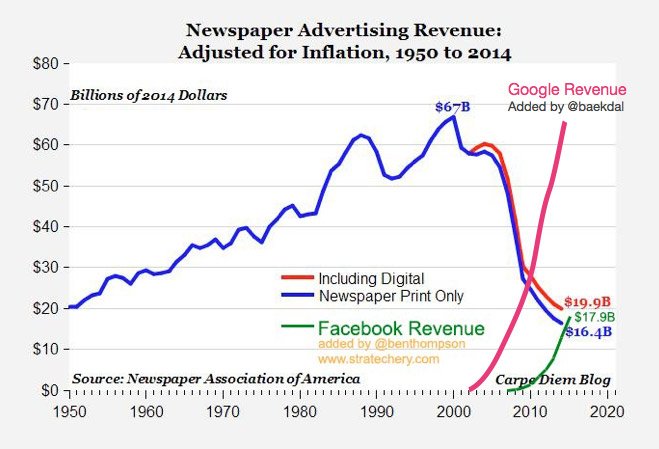My contribution was an introduction to some of the basics of accounting and budgeting.
Some of the key points to keep in mind:
- There are some free online budgeting and accounting software packages that can organize your financial information for you.
- If you are just starting out, make a list of all the monthly expenses you think you might incur.
- Consider the possibility that you might use inexpensive or free digital tools at the beginning to keep costs down.
- Make sure you know how much you are spending each month. This is called the burn rate. If you don't bring in any more money, how many months do you have before you run out of cash?
- Digital advertising is unlikely to produce much revenue for a small startup. Consider sponsorships, native advertising, donations, and other sources.
There's nothing to be afraid of. Even English majors can learn how to do the basics.
Versión en español
Other articles in the Toolkit are by Jeremy Caplan, Director of Teaching and Learning at CUNY's Newmark Graduate School of Journalism in New York City:
What to do if your startup fails
5 ways journalism startups can engage an audience
7 challenges to overcome in launching a startup
Qualities of successful entrepreneurs
















